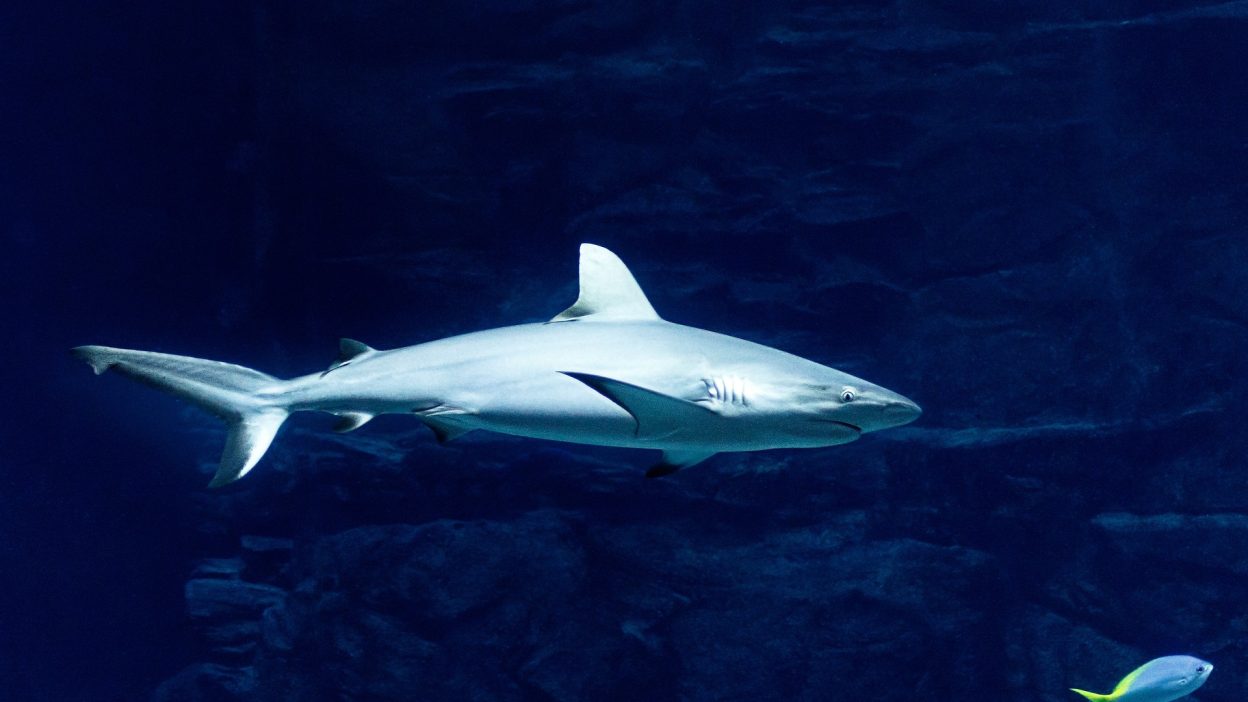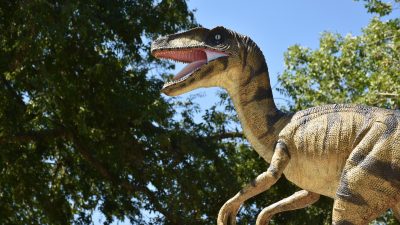The Megalodon, meaning “big tooth,” is a prehistoric predator that ruled the oceans over two million years ago.
Discover the awe-inspiring Megalodon, the largest shark to have ever existed. Learn about its colossal size, terrifying bite, and mysterious extinction in this detailed blog.
The Megalodon, meaning “big tooth,” is a prehistoric predator that ruled the oceans over two million years ago. Known as the largest shark to have ever existed, the Megalodon struck fear into the marine world with its sheer size, powerful bite, and insatiable appetite. While these marine giants are long extinct, their fossils have provided fascinating insights into their lives, habits, and mysterious disappearance. Let’s dive into the captivating world of this ultimate ocean predator and uncover why the Megalodon continues to fascinate scientists and enthusiasts alike.
The Megalodon Was the Largest Shark Ever
The Megalodon dwarfed every other shark in history. Estimates suggest it measured between 45 to 60 feet long, about four times the size of an average great white shark. It also weighed up to 100 tonnes, making it as heavy as a modern commercial airliner. To put this in perspective, the famous Tyrannosaurus rex only weighed about 9 tonnes. Even the largest living shark today, the whale shark, which can grow up to 40 feet, pales in comparison to the Megalodon’s massive dimensions.
Limited Fossils and What They Reveal
Unlike dinosaurs, the Megalodon left behind very few fossils due to its cartilaginous skeleton, which doesn’t fossilise well. The most common remains are its massive teeth, found on every continent except Asia and Antarctica. These fossils suggest the Megalodon was a global traveller, roaming warm seas and hunting across the world’s oceans. Many of its teeth have been unearthed in Shark Tooth Hill in California, where fossil enthusiasts still dig for treasures.
Massive Teeth That Define Its Name
True to its name, Megalodon’s teeth were colossal, with most measuring 4 to 5 inches in length. The largest tooth ever discovered was a staggering 7.48 inches, found in Peru. These teeth are not just scientifically valuable but also prized collectibles. A 7-inch Megalodon tooth can sell for as much as $50,000, depending on its quality.
An Unmatched Bite Force
The Megalodon’s bite was one of its deadliest features. It’s estimated to have had a bite force between 24,000 to 40,000 pounds, capable of crushing a small car. By comparison, the Tyrannosaurus rex had a bite force of 12,800 pounds, while the great white shark exerts only 4,000 pounds of pressure. This immense power enabled the Megalodon to shatter the bones of its prey, including large whales, with ease.
A Diet Built for Giants
The Megalodon had an enormous appetite to match its size, requiring an estimated 2,500 pounds of food per day. It feasted on a variety of marine animals, including fish, seals, and sea turtles, but its favourite prey was undoubtedly whales. Fossilised whale bones with Megalodon bite marks provide chilling evidence of its predatory habits. Experts believe it used a strategy of ramming into whales at full speed to incapacitate them before delivering a fatal bite.
Nurseries for Baby Megalodons
Even as babies, Megalodons were formidable predators. Measuring around 6.5 feet at birth, they were larger than most adult sharks today. These young sharks needed protection from larger predators, so Megalodons gave birth in shallow-water nurseries, where they could grow safely. Fossilised baby Megalodon teeth have been discovered in places like Florida’s Bone Valley, Calvert Cliffs in Maryland, and the Gatún Formation in Panama.
The Megalodon’s Competition
While it was a dominant predator, the Megalodon wasn’t alone in its reign. It competed with other ocean giants like Livyatan melvillei, a massive predatory sperm whale that measured over 60 feet and had 14-inch teeth, the largest in the animal kingdom. These two predators often clashed over territory and prey, leading to epic underwater battles.
Theories Behind Its Extinction
The Megalodon’s reign came to an end approximately 2.6 million years ago, but its extinction remains a mystery. Scientists propose several theories:
Climate Change: Cooling ocean temperatures may have made it difficult for the Megalodon, which thrived in warm waters, to survive.
Loss of Prey: Many of the small baleen whales, the Megalodon’s primary food source, went extinct, leaving it without enough sustenance.
Increased Competition: Rising populations of other predators, such as killer whales, may have outcompeted the Megalodon for food.




